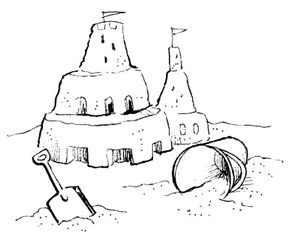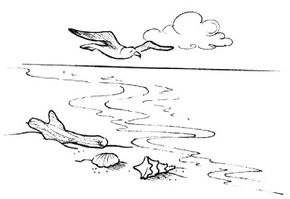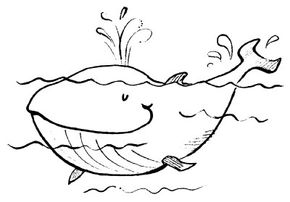Laying out in the sun isn't the only thing to do on a beach vacation. You can create a work of art, perform a science experiment, or investigate the many creatures that we share our shores with.
Advertisement
These beach activities are so much fun, you may never have time to get a lie around the beach again!
Follow the links below to learn about fun beach activities:
Create a lasting memory with a sculptural tribute to your beach vacation.
Investigate the properties of sand -- there's more to it than meets the eye.
Your sandcastles will be bigger and better with these simple tips. Learn more here.
Explore the border zone between ocean and land -- and meet its strange and fascinating residents.
Map out the diversity of life you find on the beach with this science activity.
Here are some tips sure to make whale watching a blast. Find out more here.
Saltwater-Freshwater Experiment
Learn about seawater and freshwater's interesting properties with this experiment.
Keep reading to learn about an art project you can do right on the beach.
For more fun activities and beach games, check out:
Advertisement



